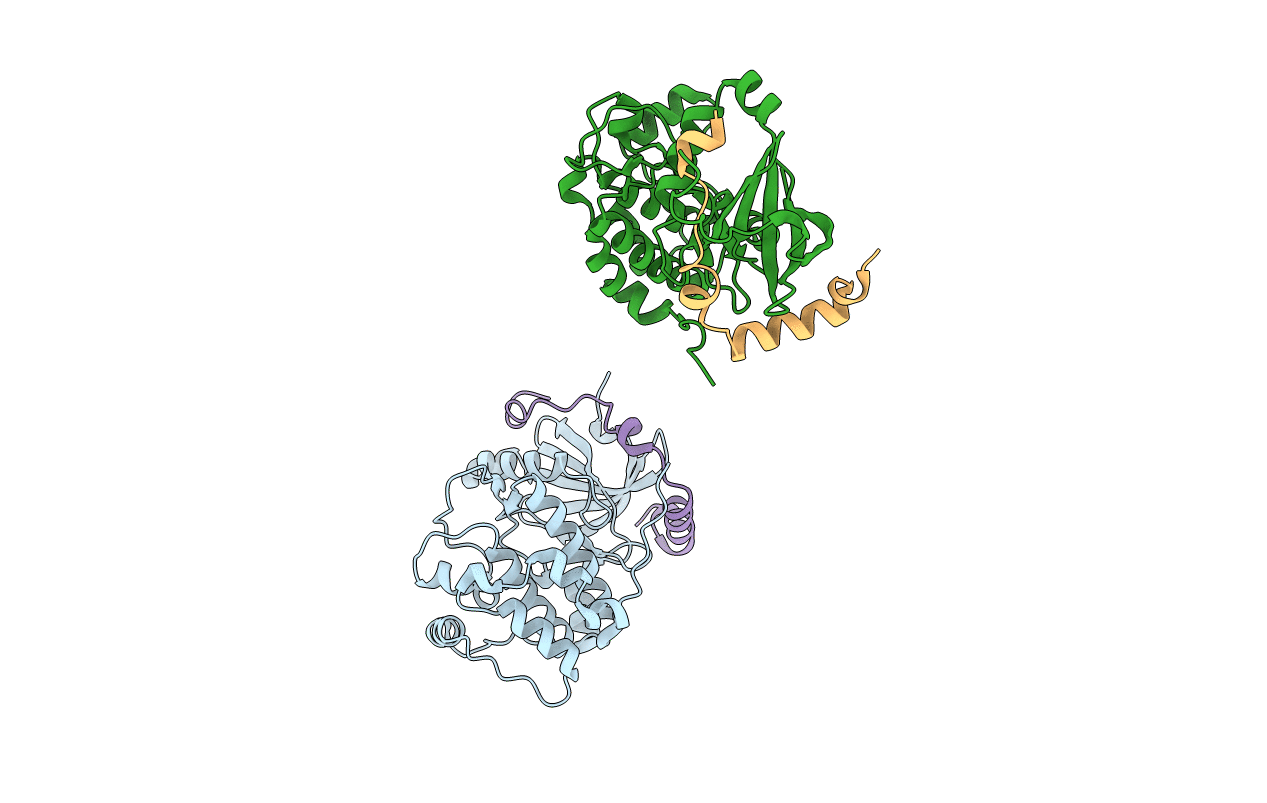
Deposition Date
2004-12-15
Release Date
2005-05-03
Last Version Date
2024-11-13
Entry Detail
PDB ID:
2BFX
Keywords:
Title:
Mechanism of Aurora-B activation by INCENP and inhibition by Hesperadin.
Biological Source:
Source Organism:
XENOPUS LAEVIS (Taxon ID: 8355)
Host Organism:
Method Details:
Experimental Method:
Resolution:
1.80 Å
R-Value Free:
0.22
R-Value Work:
0.19
R-Value Observed:
0.19
Space Group:
P 1 21 1


